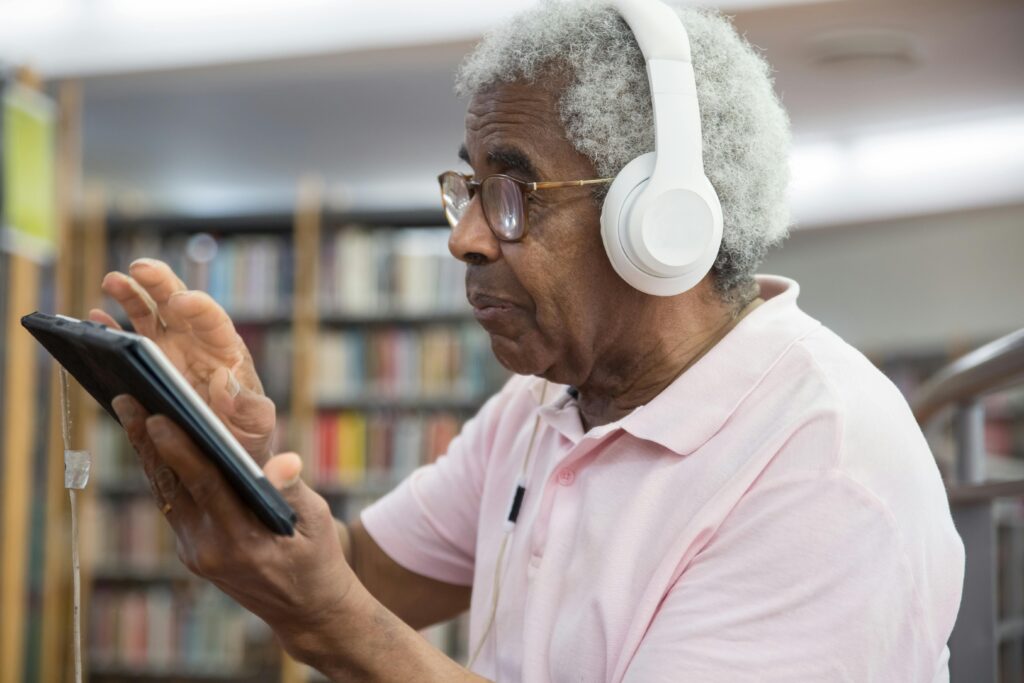Minimalism can be seen as an aesthetic trend, or as a way to create your own personal bubble in which simplicity, peace, and happiness exist in abundance.
Whether you are looking to declutter your life and gain clarity, or simply take joy in the little things, embracing minimalism (at least to some degree) can be key to achieving a more peaceful and balanced life on a day-to-day basis.
From how to create a wardrobe that will not waste your precious attention, to decluttering on a budget, this article will help you make space for joy in your life, with just a few simple steps.
Transform Your Life By Following These 10 Surprisingly Effective Minimalist Tips

Living a minimalist life can make it easier to identify what brings true joy to your life and to feel a deeper appreciation for what you have. It allows you to get rid of all the excess ‘stuff’ and create more room for what you actually need.
To help you make this lifestyle transition, we have created 10 quirky but effective tips to get you started.
- Declutter little by little. Start with one room or corner and work your way around. Get rid of anything you don’t actually need or use, particularly old items you hoard and those collecting dust. Every day, make it a habit to put away a few items or donate them.
- Limit shopping trips. Say to yourself “do I really need to buy something?” instead of rushing to the shops every weekend. Reassess what you really need on a daily basis and shop for those items regularly, as opposed to one big spree.
- 3. Set up systems for yourself. Organize your clothes, so you know what you have. Put together a daily skincare routine using products you already have. Establish a happiness journal, so you can identify what truly brings you joy. Put items back where they belong after each use. Set up shortcuts, so you don’t waste time.
- Ask yourself what’s most important to you. Be honest with yourself and identify what really matters to you. Does health really matter to you or do you just want to look good on the beach? Does money really matter to you that much or can there be enough of it?
- Look for ways to reduce stress. Living a minimalist life will help reduce stress as it encourages you to get rid of the things that don’t matter. Take a break and practice mindfulness. Focus on what actually matters and prioritize your wellbeing.
- Cultivate simple pleasures. Minimalism shouldn’t mean avoiding fun or thinking it’s unnecessary, it’s just a system that allows you to choose your pleasures mindfully. If you’re new to it, start simple. Cook meals at home, take walks, and practice self-care on both your body and your mind. Do things that bring you joy and don’t require excess.
- Evaluate your relationships. If there are people in your life who are draining your energy, it’s time for a change. Spend quality time with positive people who sincerely care for you. Surround yourself with people who inspire you to be the best version of yourself.
- Learn to say no. Cut out obligations that do not fulfill you. Cut out activities and people that joylessly consume your energy.
- Live in the present. Stop letting stress and worries about the future take away from your present moment. Live mindfully and be in the now.
- Celebrate your progress. Don’t put all your focus on what you haven’t done yet. Celebrate your progress and the changes you have already made in your life.
Living a minimalist life can help you reflect on your values, identify what truly matters, and get rid of anything that stands in your way of creating a happier, more meaningful life.
By following these 10 easy but effective tips, you’ll be able to create more space and live a more minimalistic life with ease!



